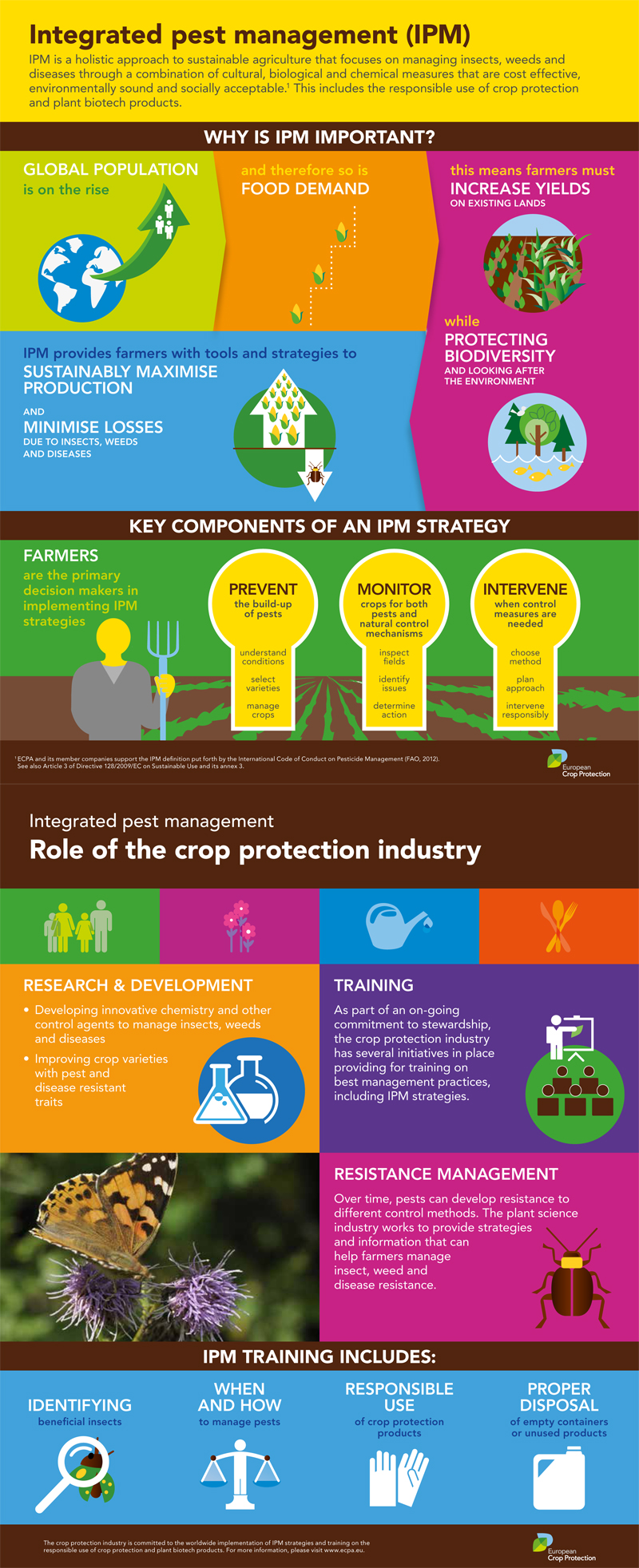Case Study: Successful Termite Control Procedures In A Historical Building
Case Study: Successful Termite Control Procedures In A Historical Building
Blog Article
Material Develop By-Thisted Bryant
Think of a historic building silently battling a covert risk under its ancient beam of lights. Discover just how a team of professionals got over the difficulty of termite invasions in this building gem by employing innovative methods that safeguarded its honesty. The journey to protect this heritage website introduces a story of resilience and development, using important insights into the fragile equilibrium in between preservation and modern-day pest control methods.
Historic Significance of the Structure
The historic building you're managing holds enormous cultural value in the regional neighborhood. This architectural gem has stood the test of time, seeing generations of citizens and visitors pass through its doors. Its abundant history is woven into the fabric of the community, representing durability and practice. As a cornerstone of the community's heritage, the building works as a concrete link to the past, supplying a peek into bygone periods and protecting tales that would or else be shed to time.
Throughout the years, the building has held plenty of occasions, from neighborhood events to celebrations of local culture. Its wall surfaces have echoed with laughter, songs, and the voices of those who have actually walked its halls prior to you. By maintaining this historic framework, you aren't just securing a physical erection but likewise guarding an item of the area's identification. Welcoming the historic value of the structure is important in recognizing its value and the relevance of maintaining its honesty for future generations to value.
Termite Infestation Challenges
Browsing through the historic relevance of the building, you come across considerable challenges positioned by a termite invasion. Keep Reading can wreak havoc on the structural stability of the historical structure, triggering considerable damage if left untreated. The one-of-a-kind architectural features and aged wood existing in historic structures provide an excellent atmosphere for termites to thrive, making it essential to resolve the invasion without delay.
Identifying the degree of the termite problem is often a tough job, as these animals can burrow deep into the wood frameworks, concealed from simple view. Furthermore, typical termite control techniques may not be completely appropriate for historical buildings due to the prospective damage they can trigger to the structure's honesty and historic value.
Preserving the historic authenticity of the building while successfully eradicating the termite invasion needs a delicate equilibrium and specialized knowledge. Implementing tailored german roach treatment that are both effective and mild on the historical materials is important to guarantee the long-lasting security of the building.
Ingenious Control Procedures Applied
Executing advanced termite control strategies is important in guarding the historic integrity of the building while properly combating the infestation. One cutting-edge procedure involves utilizing non-repellent fluid termiticides. These products are virtually undetectable to termites, allowing them to unconsciously enter into contact with the treatment and spread it throughout the nest. This technique ensures complete obliteration without signaling the termites to prevent the dealt with locations.
An additional advanced strategy is the installment of termite baiting systems. These systems utilize termite attractants incorporated with slow-acting toxicants. Termites feed on the bait, share it with their nest participants, and ultimately remove the whole population. This targeted method is eco-friendly and minimally invasive, making it ideal for historical structures where maintaining the original framework is vital.
Furthermore, utilizing infrared innovation for termite detection has transformed control steps. Infrared electronic cameras can detect warm trademarks suggesting termite activity behind walls or within frameworks. This non-invasive technique allows for accurate targeting of therapy, decreasing damages to the building while efficiently eradicating the termites. By integrating these cutting-edge control actions, the historic structure can be protected from termites without endangering its building significance.
Final thought
You have actually learned just how advanced technology and safe treatments conserved a historic building from termite invasion.
Did you know that termite damage prices united state homeowners billions of dollars each year?
Safeguard your property with ingenious termite control measures to stay clear of costly repair work and preserve its historical value.
